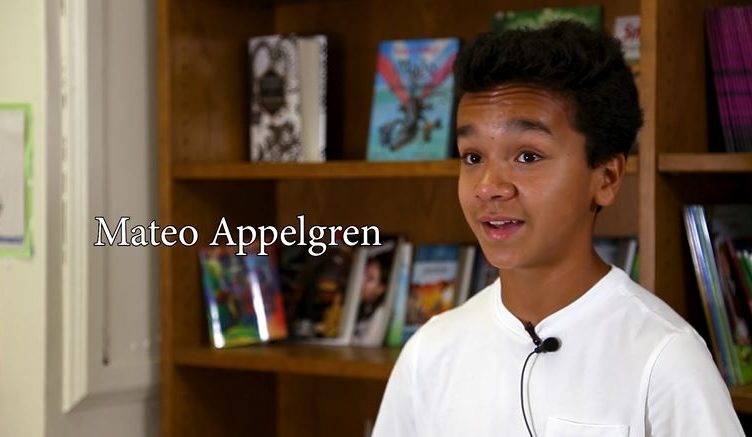Somewhere in your house you likely have albums full of photos documenting your most memorable childhood moments. Each picture has the ability to transport you back to that specific time so vividly that it feels like you are actually there again. But for many children who are, or were, in the foster care system, such as Mateo Applegren in the video above, there are no photos of happy memories.
But as a foster parent you can put together a Life Book, or contribute to an existing one, that will ensure your foster son can carry the happiest moments he shared with you long after he has left your home.
While his Life Book may start off looking like a binder or photo album, over time it will grow into a scrapbook documenting everything from your foster son’s family tree, his medical records and pictures of friends and family. This book will help him maintain a connection to his past as he goes through life. It’s important to make sure he keeps his Life Book when he’s reunified or adopted so these memories stay with him.
With the technology we use in our day-to-day lives, taking a picture has never been easier. While it may be easy to take hundreds of pictures of your foster son, he may as easily forget about that moment without a physical copy to hold onto.
Craig Steinberg, a licensed psychologist, advocates for parents to give children physical copies of pictures stating that: “Touching the photograph where a face is smiling or the shoulders, it is the same thing as touching a book when you read it. There’s a lot of stimulation of the brain when you have that sensory experience. That is a bit lost in the move to digital. You are touching a keyboard, mouse or a touchscreen but you are not touching the image.”
For Mateo, who entered care with only two photos of himself, school projects that asked for baby pictures always made him sad. Wanting to help make sure other children in care have photos from their childhood, Mateo used a service learning project at his school to help bring awareness to this issue.
He spoke with foster parents about the importance of keeping these priceless pictures with the children when they leave their foster homes. Mateo also taught foster parents how to have photos printed from their phones and made into photo books, an idea he got from the albums that his adoptive parents made for him. While he started with only two pictures of himself, he now has hundreds of photos that take him back to those cherished childhood memories.
To help spread his message, Mateo teamed up with Photosafe, a nonprofit dedicated to capturing, printing and preserving digital images of children in foster care in the United States with the sole purpose of creating a historic record for the personal use of the child. He attended events with the organization where he saw firsthand the joy pictures brought to the children in care. While there, Mateo talked to foster parents about his mission to make sure their foster children do not lose these precious memories.
Making Life Books or photo albums for your foster son not only allows him to hold onto childhood moments but also builds his self-esteem and helps him understand that he is part of your family. Having photos of you and your foster son around the house will show him that you care about him and want everyone to know. Featuring him in pictures with you also lets him know that you see him as part of your family, which will help him develop a sense of belonging in his new home. It’s just as important if your foster son leaves your home, whether to be reunified with his biological parents or to go somewhere else, that he is given the pictures to take with him. Being able to literally carry these memories with him goes a long way towards helping him establish his identity.
David Krauss, a licensed psychologist from Cleveland, backs this sentiment. “I think it is really important to show a family as a family unit. It is so helpful for children to see themselves as a valued and important part of that family unit. A photographer’s job is to create and make the image look like a safe holding space for kids where they are safe and protected. Kids get it on a really simple level.”
If a picture is worth a thousand words, the many chapters of foster children’s stories are often left blank. Help your foster son begin writing the next chapter of his story by taking pictures that he will cherish forever by starting a Life Book for him.
If you are a licensed resource parent in New Jersey, you can receive a free Life Book by taking FAFS’ home correspondence course, “The Life Book and You.”

